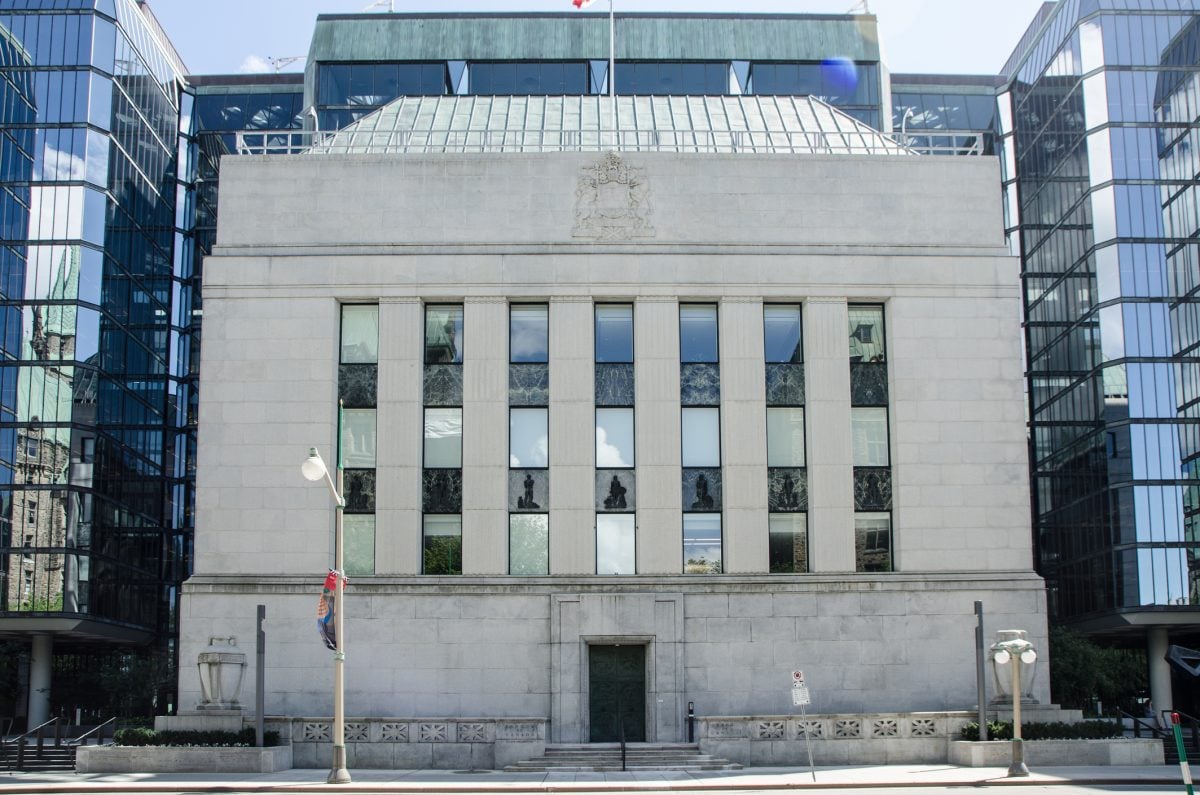Ottawa | Reuters — Canada’s annual inflation rate in October eased to 2.2 per cent as gasoline prices dropped, food prices eased and mortgage interest costs came down below the three per cent mark, data showed on Monday.
The removal of a carbon levy on gasoline this year continued to depress yearly price increases for the past few months. Barring the carbon levy removal, the annual consumer price index rose by 2.7 per cent in October from 2.9 per cent in September, Statistics Canada said.
Read Also

U.S. corn and soybean yields revised down by USDA
Soybean and corn yields in the United States were revised downward from earlier estimates in updated supply/demand tables from the United States Department of Agriculture released Nov. 14.
Analysts polled by Reuters had forecast the inflation to be at 2.1 per cent for October, down from 2.4 per cent in September. On a monthly basis, they forecast inflation to be 0.2 per cent.
On a monthly basis, CPI inflation was in line with forecasts, StatsCan data showed.
The Bank of Canada has cited stable inflation as one of the prime reasons to signal a halt in rate cuts last month. A further easing in October is likely to bolster its confidence to stand pat on the current policy rate of 2.25 per cent next month.
A bigger monthly decline in the price of gasoline in October brought down the annual price drop of the fuel to 9.4 per cent in October compared with a drop of 4.1 per cent in September.
Food prices rose 3.4 per cent in October
Another contributor to the slower increase in inflation was food prices, which rose 3.4 per cent in October, down from a 4.0 per cent increase in September.
Despite the deceleration, prices remained elevated and have exceeded overall inflation for nine consecutive months, StatsCan said.
Mortgage interest costs, a part of shelter inflation, increased at an annual pace of 2.9 per cent in October. This was the first time in more than three years that they came down below three per cent.
However, rent inflation, another part of shelter inflation, rose above five per cent, clocking an acceleration for two months in a row.
Due to volatility in prices and the government’s tax breaks, the BoC and economists have tracked the measures of core inflation to gauge price trends.
Canadian dollar weakens on data
One of the core measures of inflation, the CPI-median, or the centermost component of the CPI basket, was at 2.9 per cent in October, down from a downwardly revised 3.1 per cent in September.
The other core measure, CPI-trim, which excludes the most extreme price changes, edged down to 3.0 per cent in October from 3.1 per cent in September.
“It would take a longer period of easing price pressures, combined with indications of economic growth deteriorating again, to bring the Bank of Canada back off the sidelines,” Andrew Grantham, a senior economist at CIBC Capital Markets wrote in a note.
The Canadian dollar weakened a bit after the data and was trading down 0.11 per cent to 1.4035 against the U.S. dollar, or 71.25 U.S. cents. Bond yields for the two-year government bonds fell and were down 0.3 basis points to 2.475 per cent.
Price increases in October were mainly driven by cellular plans and insurance costs.















